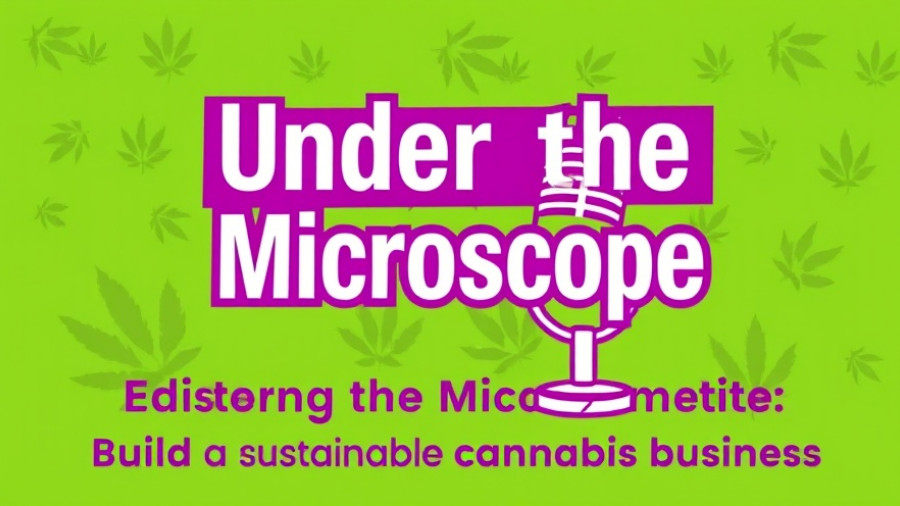
Navigating Cannabis Potency: Understanding the Confusion
The cannabis industry is rapidly evolving, with debates surrounding the potency of different products taking center stage. While many cannabis operators focus on the percentage of THC in their products, the conversation is much more nuanced than simple numbers. Understanding cannabis potency versus titration is essential for fostering a well-informed consumer base and ensuring safety.
What Does Cannabis Potency Really Mean?
At its core, cannabis potency is often defined by the percentage of Δ9-THC, the primary psychoactive component. However, potency is not just a matter of THC levels. Cannabis contains over 80 cannabinoids, including CBD, which can influence the subjective effects experienced by users. The ratio of THC to CBD plays a significant role in the overall experience and can mitigate some of the adverse effects associated with high THC concentrations.
For example, studies reveal that while higher THC levels can lead to stronger psychoactive effects, the presence of CBD may temper those effects, potentially reducing the risk of anxiety or paranoia in some users. Therefore, a product with lower THC but higher CBD might provide a more balanced experience.
The Complexity of Consumption Methods
How cannabis is consumed also impacts its perceived potency. Smoke or vapor can lead to rapid effects, allowing users to control their dosage effectively. But with higher-potency strains, the risk of overconsumption and unintended effects can rise—especially for inexperienced users.
Thus, understanding one’s limits becomes vital. Controlled methods of consumption, or auto-titration, allow for careful dosing, meaning users can adjust their intake until they achieve the desired effect without overwhelming their system.
Why Product Labeling is Critical in the Cannabis Industry
With the ongoing discussions about the variance in potency and effects, clear product labeling is paramount. Consumers deserve to know what they are purchasing, including THC and CBD levels, so they can make informed decisions. In fact, regulatory bodies across various regions advocate for rigorous potency testing and transparent labeling to ensure consistency and safety in cannabis products.
This aligns with trends in the cannabis industry pushing for better consumer education—an informed consumer is less likely to feel overwhelmed or confused when presented with varying potency levels. By ensuring that buyers can easily access information about the potency and effects of their cannabis products, we enhance the overall market experience.
Looking Ahead: Trends in Cannabis Potency and Consumer Safety
With a growing number of products available on dispensary shelves, maintaining consumer safety while satisfying demand will require a balance of education and regulation. As science progresses, cannabis testing methods are improving, and the industry must keep pace. Advanced methods like biologic potency testing may soon provide a clearer picture of how different cannabinoids interact and influence the body—a step toward creating products that truly match consumer expectations.
Moreover, operators should consider the ethical dimensions of their offerings, striving not just for profit but also for informed consumer choices. Engaging with customers by providing them with knowledge can add significant value to your business, promoting a culture of responsibility in consumption.
Add Your Voice to the Ongoing Discussion!
Join the movement for transparency in the cannabis industry. As operators, it's your responsibility to educate consumers about what they're using. By prioritizing informed choices and safety, you contribute to a healthier cannabis culture. Don’t hesitate to share your experiences or insights on cannabis potency with your network—together, we can demystify cannabis potency tat in the evolving market.
 Add Row
Add Row  Add
Add 




Write A Comment